At first glance, dwarf tubers look like potatoes or yams, round or egg-shaped, with long stems linked together in bunches. Dwarf tubers have thin, light yellow skin, with many secondary roots clinging around them.
The inside of the dwarf tuber is white, the core is more opaque. Also belonging to the starchy tuber group like potatoes, but dwarf tuber is crispy, sweet, cool, and has a lot of fiber.
Dwarf tubers are grown in many provinces in the West such as Hau Giang, Can Tho , Dong Nai, Tay Ninh and especially Long An. Some places call this tuber tau tau, dwarf ginseng, suitable for planting in sandy soil or high mounds.
Mr. Azid Giau (currently working at the Long An Provincial Museum - Library), a person who likes to learn and share about culture, cuisine and tourism, said: When young, dwarf tubers are crispy like water chestnuts (ma thay), with a sweet taste.
The older the tuber, the more starchy it is, the more delicious it is, and the faint aroma it has. "Dwarf tubers are considered a rustic specialty of Long An because farmers can only harvest them once a year, lasting 2-3 months, and not always available like potatoes.
In addition, dwarf tubers can only be grown in certain areas, the yield is not much so the price is high. The flavor of dwarf tubers is delicious, can be processed into many dishes to cool down in hot weather", Mr. Giau said.
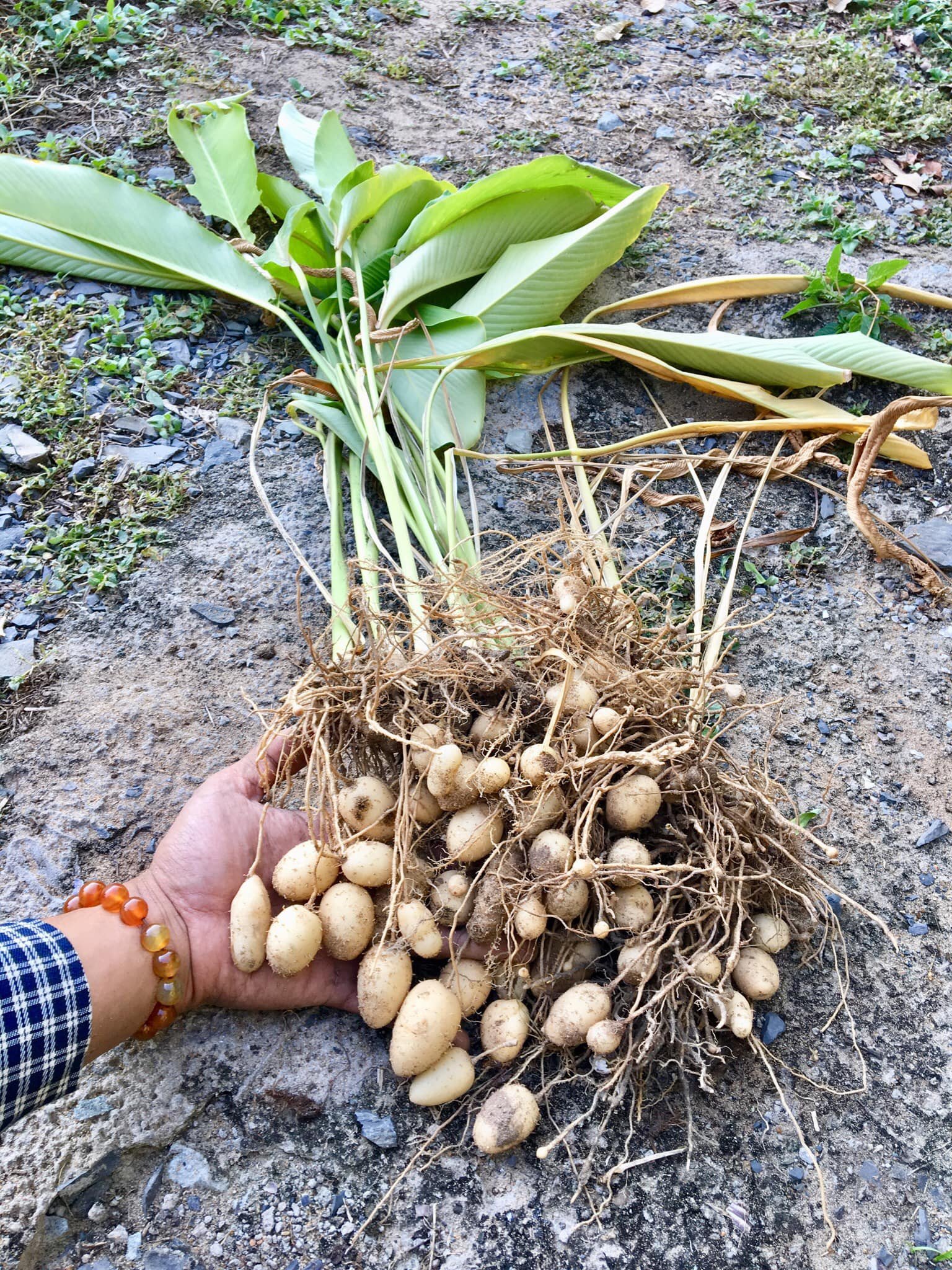

In Long An, visitors will find many stalls selling dwarf tubers at Thanh Hoa agricultural market. The price of dwarf tubers here ranges from 35,000-45,000 VND/kg. In Ho Chi Minh City, dwarf tubers cost up to 50,000-70,000 VND/kg and 90,000 VND/kg ready-boiled.
This tuber is usually planted at the beginning of the rainy season in the West. The plant grows into a bush about 1m high, with green leaves (like turmeric leaves), about 20-30cm long, with leaf stalks standing in sheaths covering the stem.
If the soil is loose, fertile and the planter fertilizes it properly, each plant can produce several dozen tubers.
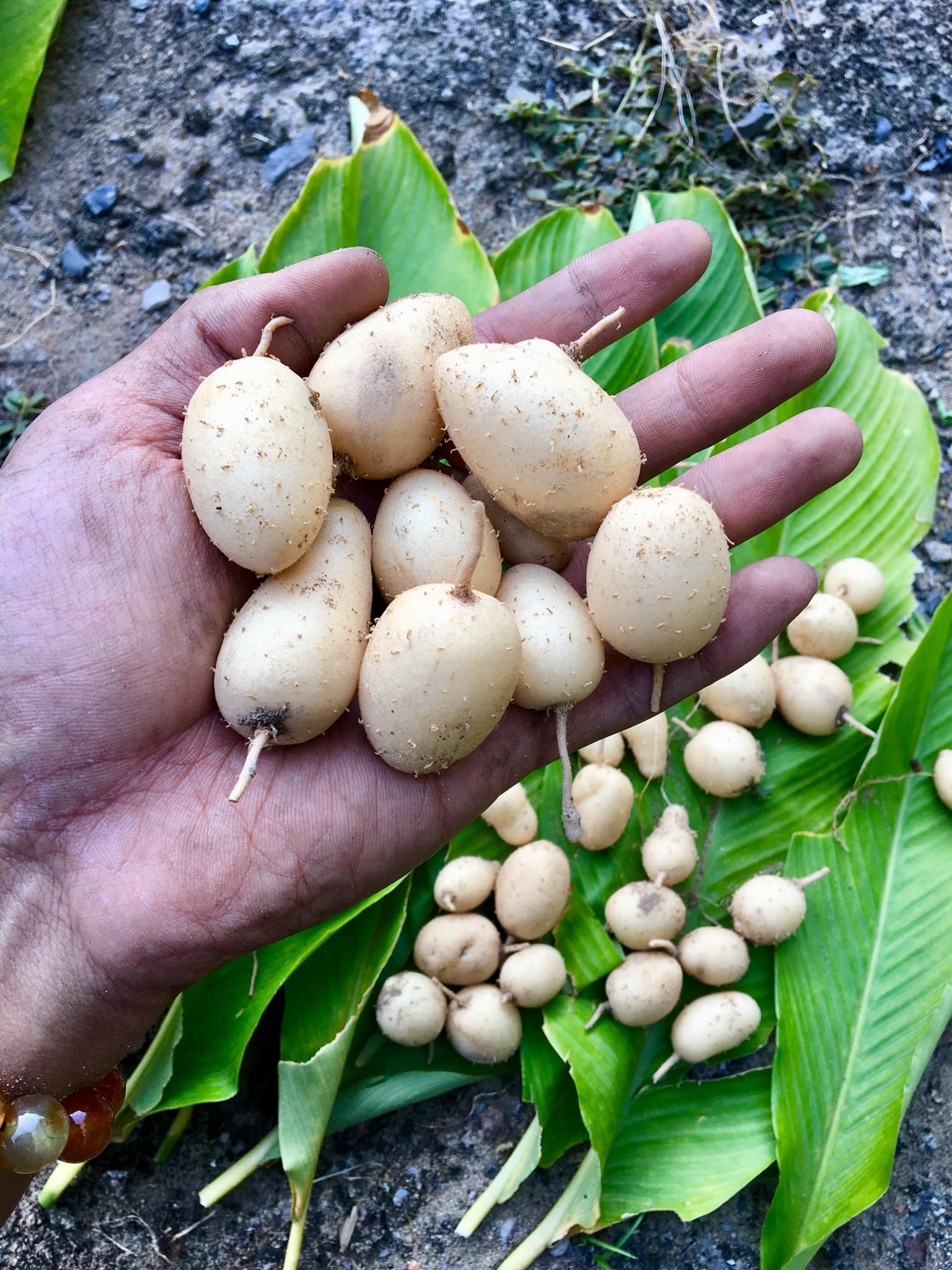
Dwarf tubers are a popular rustic dish. Photo: Azid Giau
When the leaves turn yellow, farmers start harvesting (usually in the 11th lunar month every year). If kept in a cool, dry place, the dwarf tubers can be stored for up to 3 months.
According to Mr. Giau, dwarf tubers are usually boiled or steamed. Dwarf tubers do not soften as quickly as potatoes and must be boiled for a long time to lose their hardness. When the tubers are cooked, the skin will peel and crack. The eater only needs to gently scrape the skin to reveal the smooth core.
There are also fastidious families who often boil or steam dwarf tubers with pandan leaves and a little salt. When cooked, dwarf tubers give off the fragrant smell of pandan leaves, attracting diners. The inside of the dwarf tubers is crunchy, sweet, juicy, and not mushy.
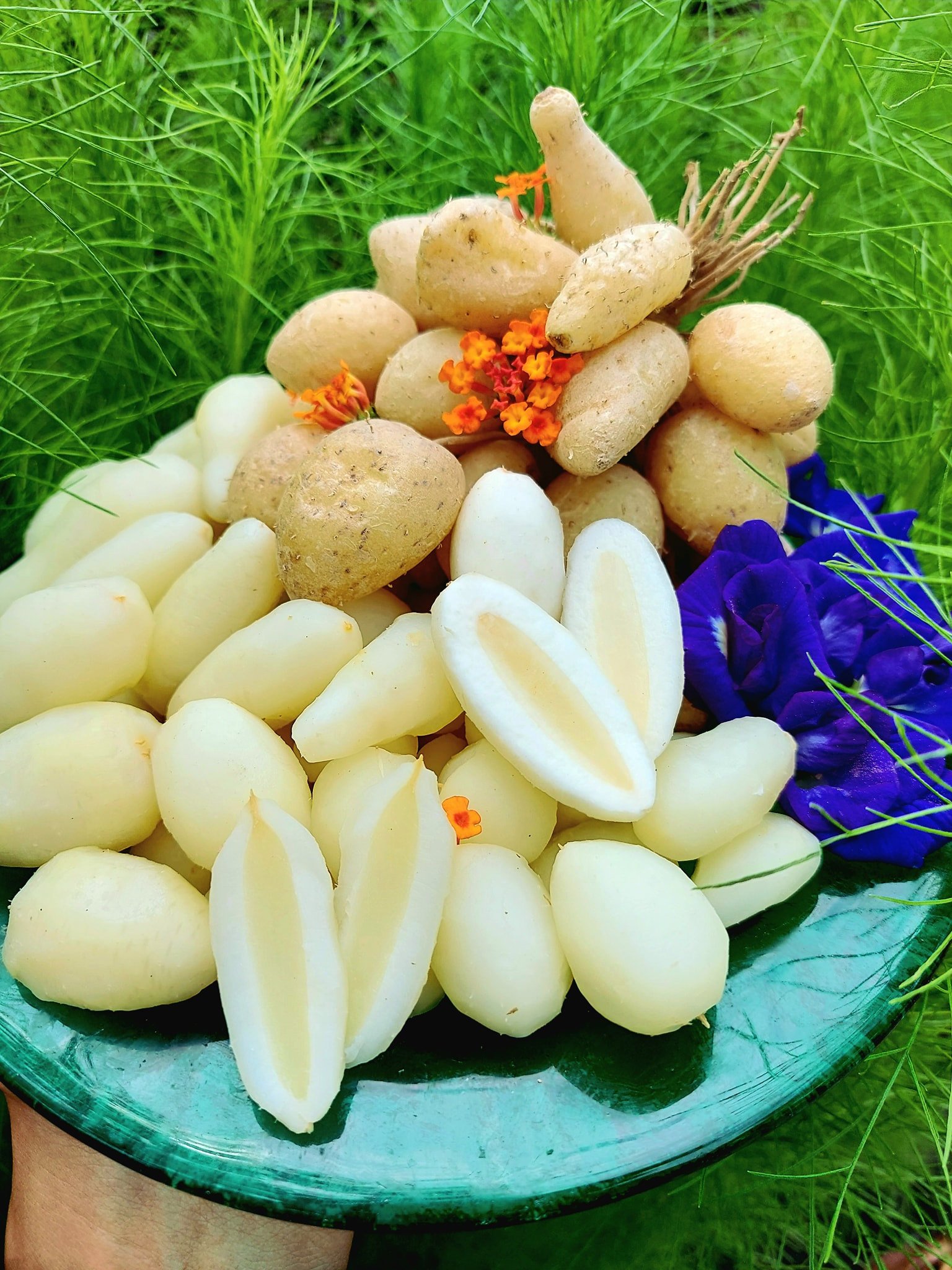
Dwarf tubers need to be boiled for a long time to be cooked. If you want them to be well-cooked and starchy, you have to boil them for up to 1.5 hours. Photo: Azid Giau
Dwarf tubers can be processed into many delicious dishes such as: Dwarf tubers sweet soup, stewed chicken with dwarf tubers, dwarf tubers made into powder to mix with drinks like tapioca flour...
"Green bean dwarf sweet soup is a delicious and healthy dish to cool down in hot weather," said Mr. Giau.
To make the dessert, the dwarf tubers are boiled, peeled, and then cut in half or thirds. The mung beans are cooked until soft, then the dwarf tubers are added, and when it boils, palm sugar/rock sugar is added to sweeten it.
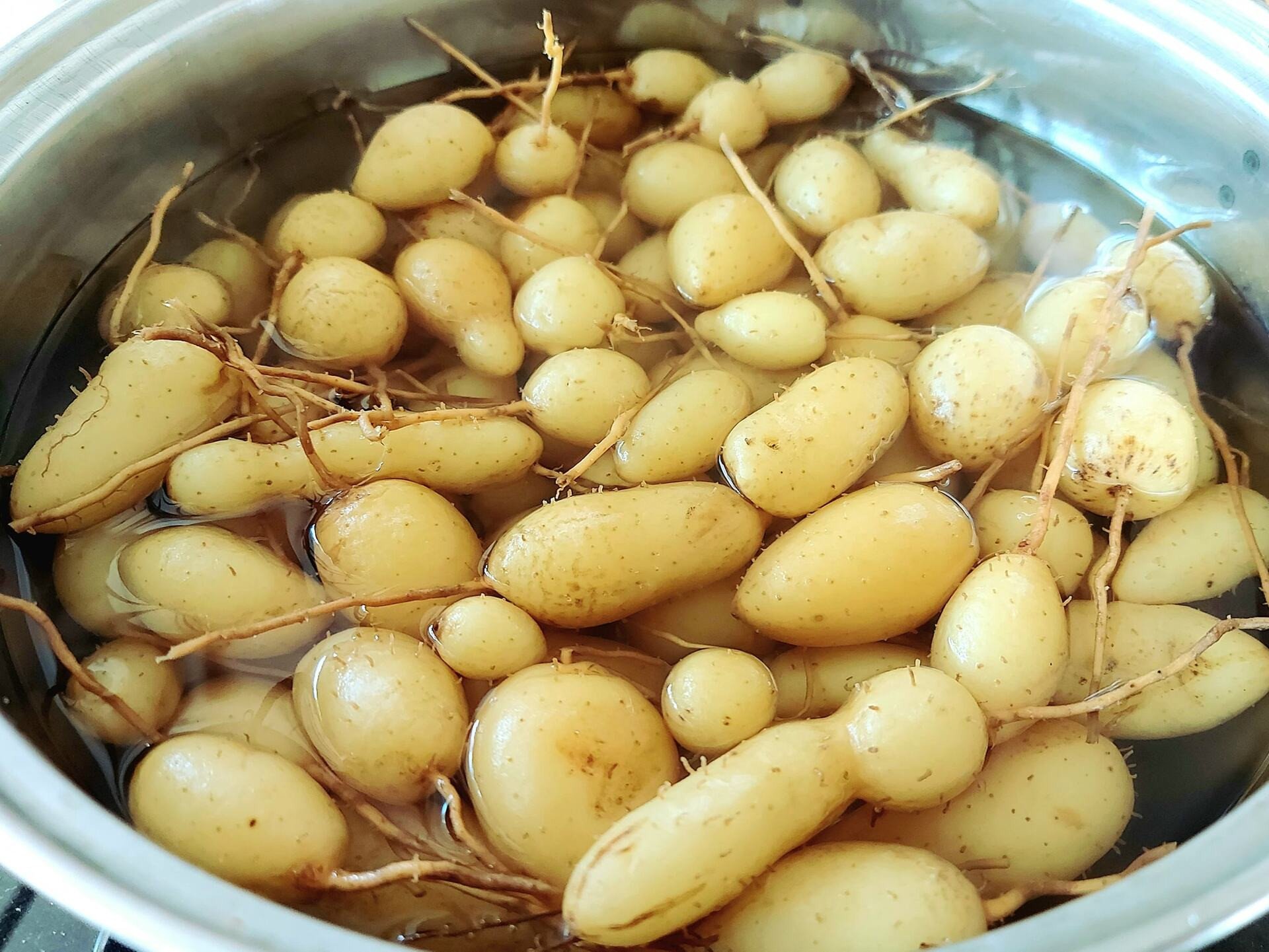
Dwarf tubers are delicious when stewed with bones or cooked into sweet soup. Photo: Azid Giau
Source: https://giadinh.suckhoedoisong.vn/dac-san-duoi-long-dat-o-long-an-ten-xau-nhung-an-gion-ngon-17225062616252485.htm



![[Photo] Cuban artists bring "party" of classic excerpts from world ballet to Vietnam](https://vphoto.vietnam.vn/thumb/1200x675/vietnam/resource/IMAGE/2025/6/26/797945d5d20b4693bc3f245e69b6142c)


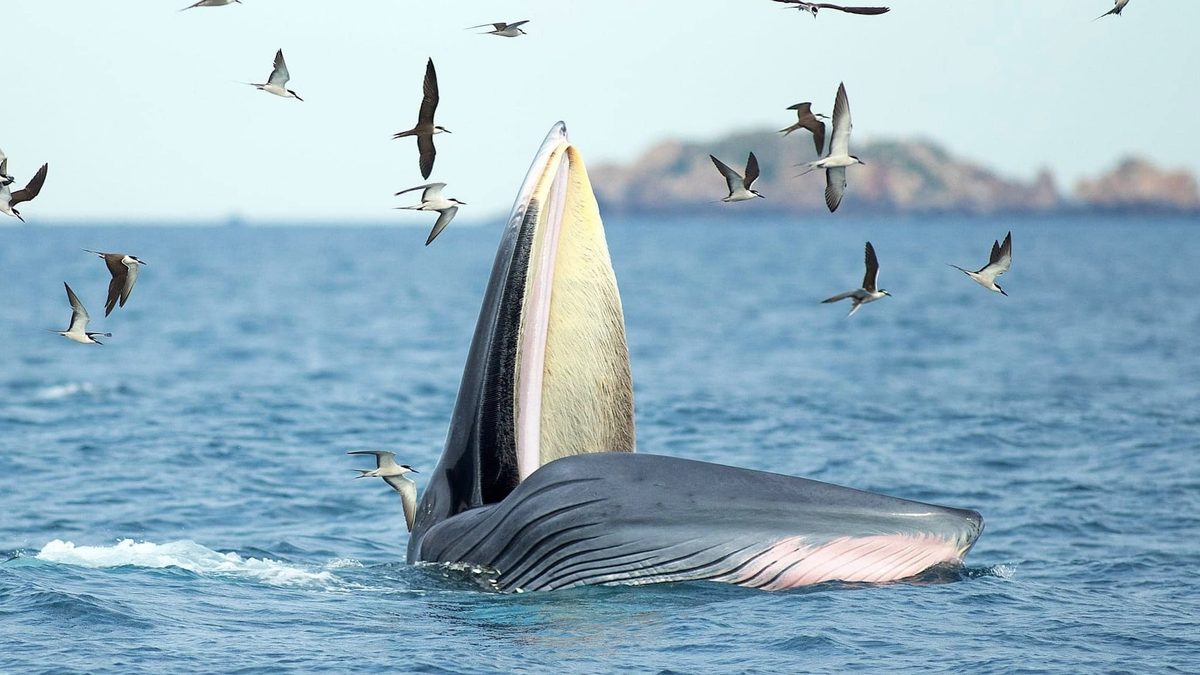

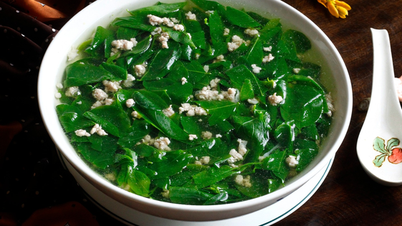




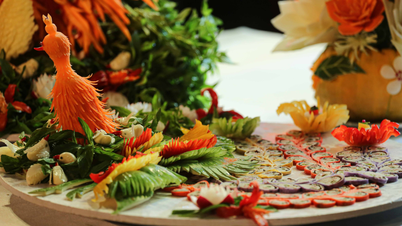

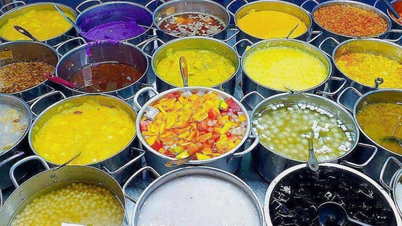
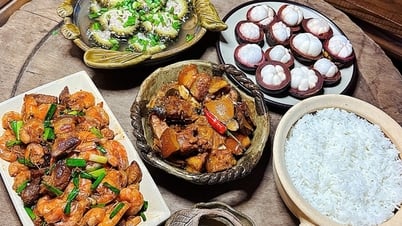




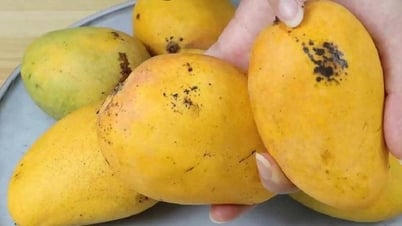



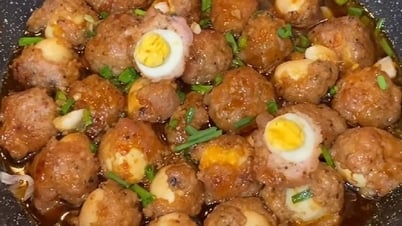


![[Photo] General Secretary To Lam receives Australian Ambassador to Vietnam Gillian Bird](https://vphoto.vietnam.vn/thumb/1200x675/vietnam/resource/IMAGE/2025/6/26/ce86495a92b4465181604bfb79f257de)






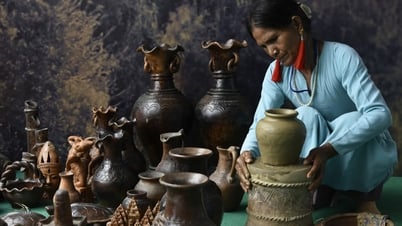



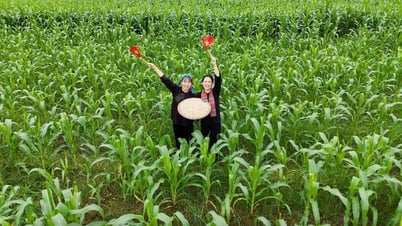

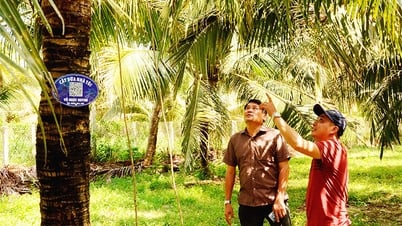



























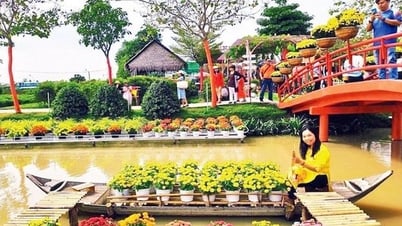



























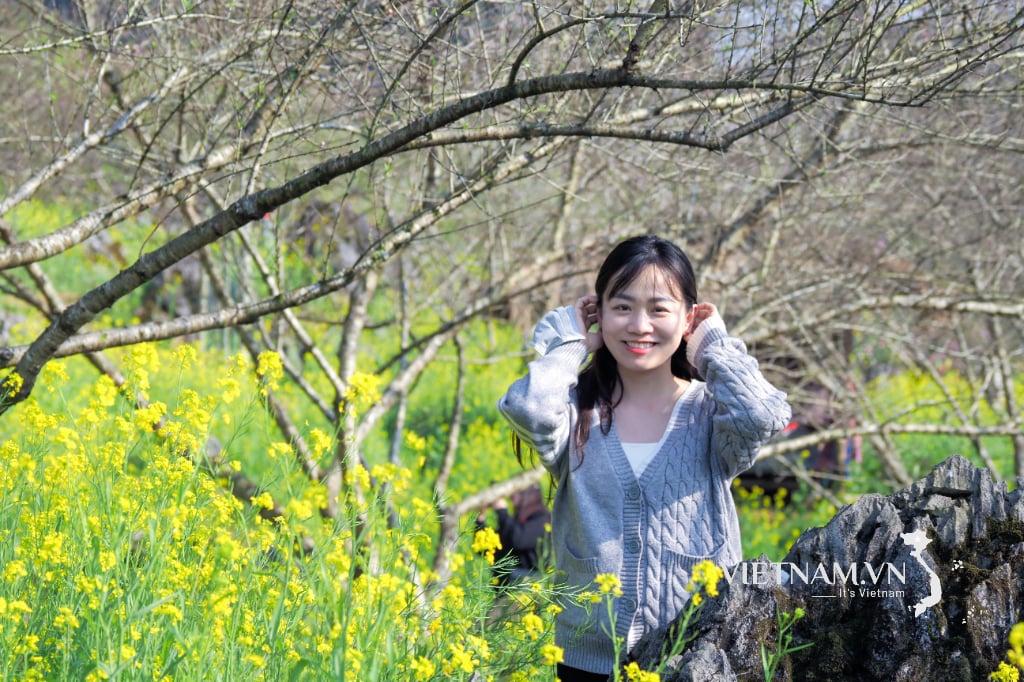

Comment (0)